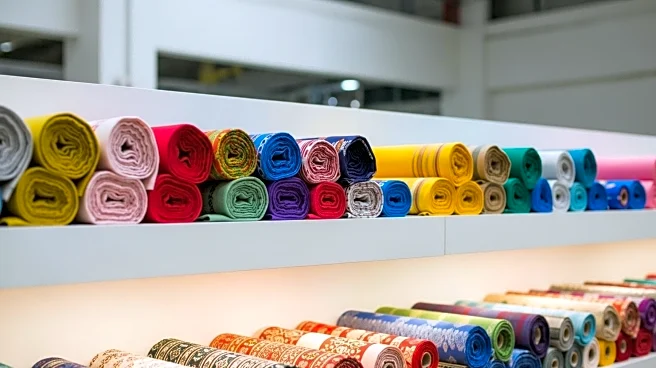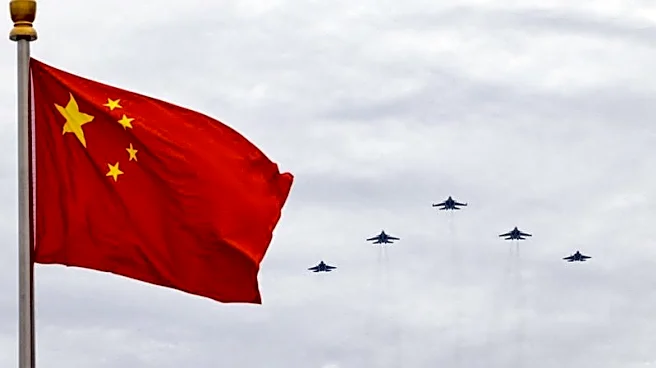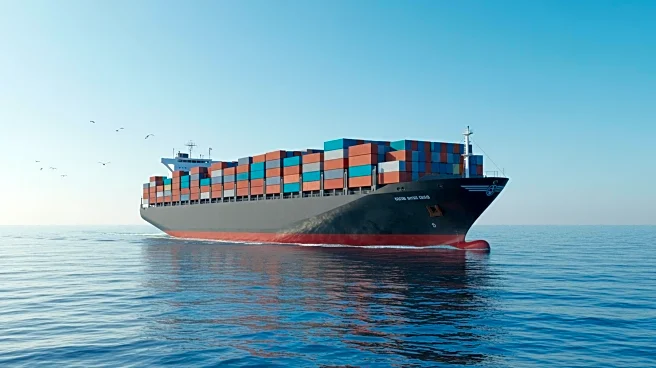What is the story about?
What's Happening?
President Trump has implemented a 50% tariff on Indian apparel exports, significantly affecting the textile industry in Tiruppur, India. This region, a major hub for garment exports to the U.S., is experiencing a downturn as orders from major U.S. retailers like Target and Walmart have been paused. The tariffs, which also include a 25% penalty for purchasing Russian oil and weapons, are likened to an embargo on Indian goods. The timing of these tariffs is particularly challenging as it coincides with the peak sales period leading up to Christmas. Factories are now relying on the domestic market and the upcoming Diwali season to sustain operations.
Why It's Important?
The imposition of these tariffs by President Trump is a significant development in U.S.-India trade relations, potentially leading to a shift in global supply chains. U.S. buyers may divert their sourcing to countries like Mexico, Vietnam, and Bangladesh, which could offer more competitive pricing. This move could also strain diplomatic relations between the U.S. and India, as the tariffs are perceived as punitive measures. The economic impact is profound, with Indian manufacturers facing increased costs and potential job losses, while U.S. consumers might see higher prices for apparel.
What's Next?
The future of U.S.-India trade negotiations remains uncertain, with recent talks reportedly called off. Indian manufacturers are seeking to diversify their markets to mitigate the impact of U.S. tariffs. The Indian government has announced measures such as suspending import duties on raw materials to alleviate some of the financial strain on exporters. However, the effectiveness of these measures remains to be seen as the industry grapples with the immediate challenges posed by the tariffs.
AI Generated Content
Do you find this article useful?













